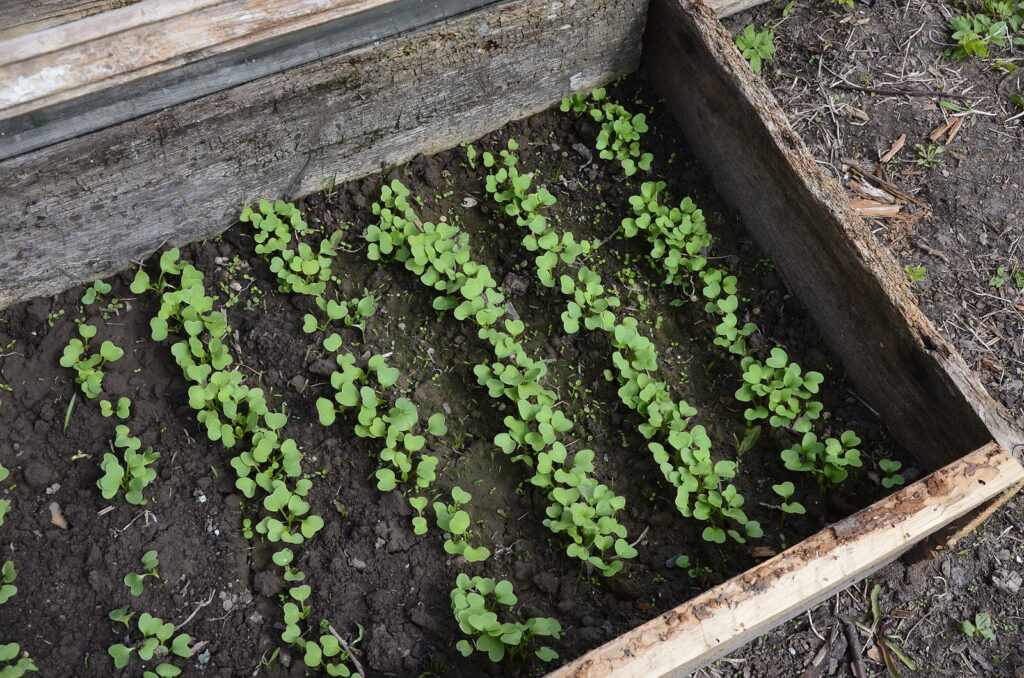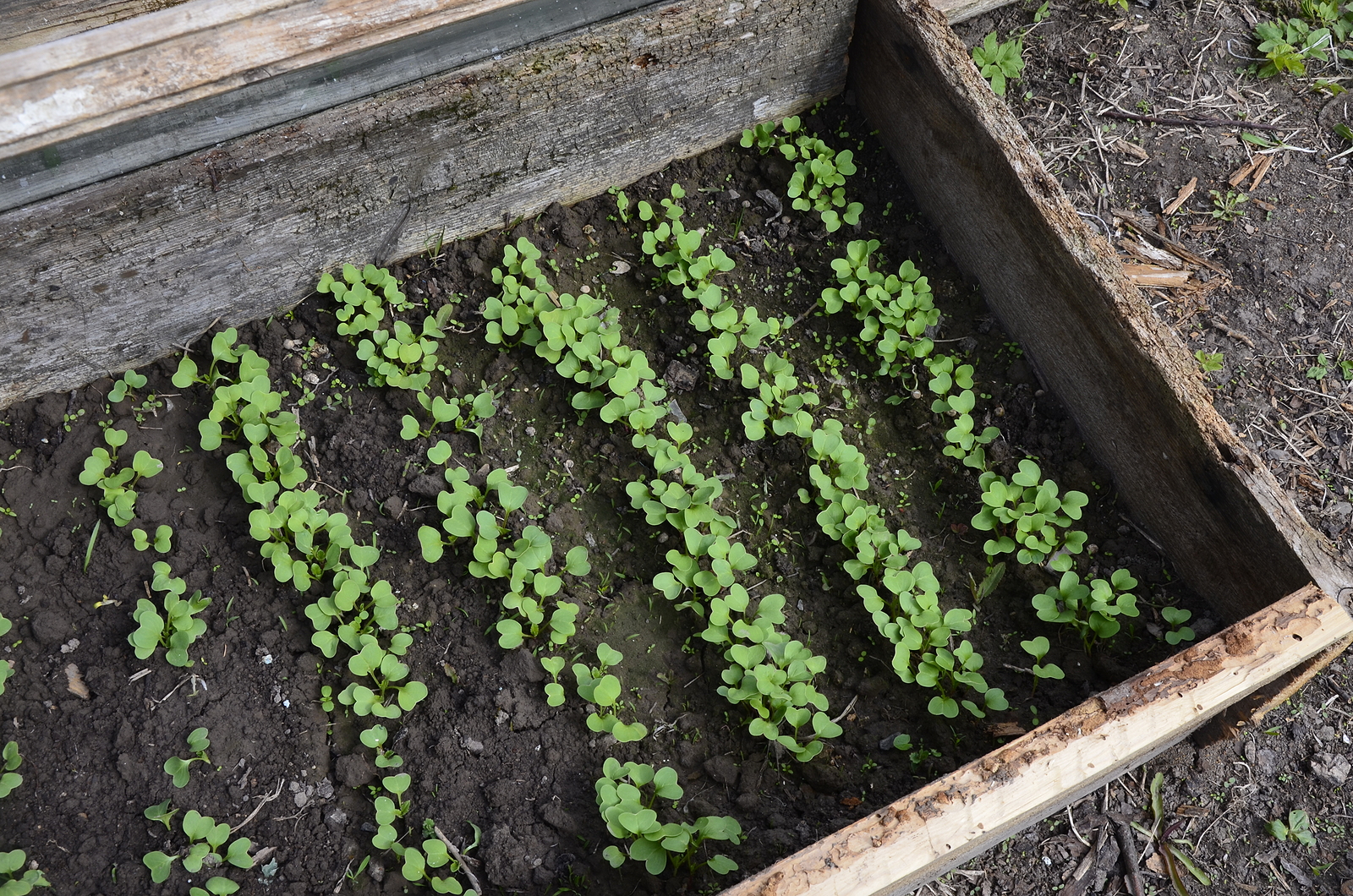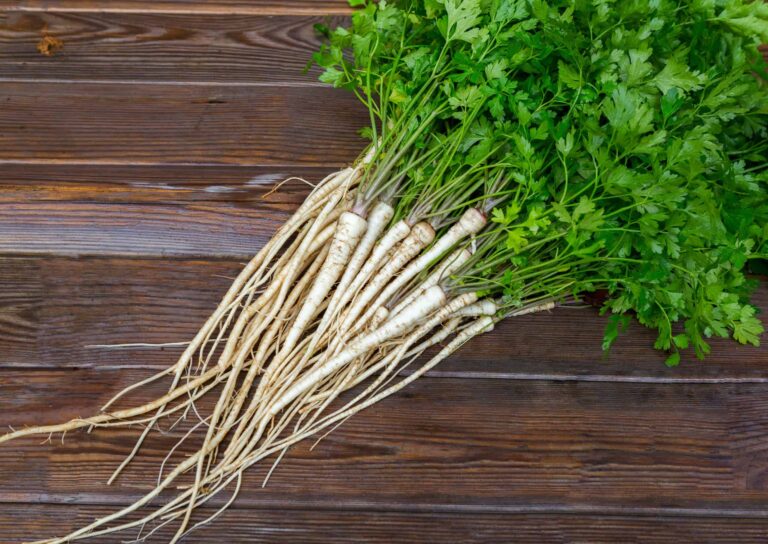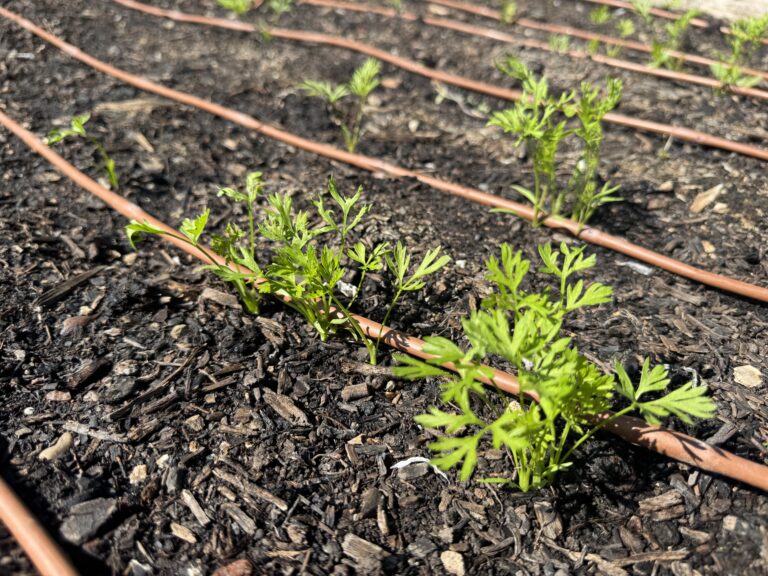Using Radishes as a Cover Crop: Benefits and Planting Guide
Radishes aren’t just for eating—they can be powerful cover crops that improve soil structure, suppress weeds, and enhance fertility. Certain varieties, like tillage radishes, are grown specifically for their soil benefits rather than for harvest.

Benefits of Radishes as a Cover Crop
- Soil Aeration
Long taproots break up compacted soil layers, improving drainage and root penetration for future crops. - Nutrient Cycling
Radishes capture nutrients like nitrogen, preventing them from leaching away in winter and releasing them as the plants decompose. - Weed Suppression
Dense foliage shades out weeds, reducing competition and the need for herbicides. - Erosion Control
Radish foliage and roots help hold soil in place during heavy rains and wind. - Pest Management
Some radishes can disrupt pest life cycles by serving as a trap crop or breaking up continuous planting of a single crop family.
Planting Guide for Radish Cover Crops
- When to Plant: Late summer to early fall, 4–10 weeks before the first frost.
- Soil Prep: Work compost into the topsoil to promote strong root growth.
- Sowing: Broadcast seed at 8–12 pounds per acre or sow in rows 6–8 inches apart.
- Termination: Mow or till under before seeds mature to avoid unwanted reseeding.
My Experience
I’ve used tillage radishes in my fall garden for decades, and the improvement in soil tilth and spring planting conditions is remarkable.
Radish Growing Hub
🌱 Start here: The Ultimate Radish Growing Guide: From Seed to Harvest
🌿 Planting & Growing
- When to Plant Radishes for Spring, Summer, and Fall Gardens
- Timing tips by zone and season, including quick successions.
- Radish Seed Starting Tips
- Here’s how to get your radish patch growing.
- How to Succession Plant Radishes for Continuous Harvests
- Best intervals and spacing for steady radish supply.
- How to Grow Radishes in Containers: Soil, Spacing, and Care Tips
- Perfect for small spaces and urban gardeners.
- How to Thin Radishes for Bigger Roots and Better Flavor
- Solves a common growing problem.
🐛 Pests, Diseases & Problems
- Common Radish Pests and Diseases How to Control Them Naturally
- Flea beetles, root maggots, aphids, and organic control methods.
- Why Are My Radishes Bitter or Woody? Causes and Solutions
- Addresses heat, watering, and harvesting timing issues.
🧺 Harvest & Serving
- How and When to Harvest Radishes for Peak Crispness and Flavor
- Includes signs radishes are ready and harvesting tips.
- Tasty Ways to Cook and Serve Radishes
- How to enjoy your radish harvest with little kitchen fuss.
🌈 Varieties & Specialty Types
- Growing Daikon Radishes: Tips for Giant Roots and Mild Flavor
- Specialty care and planting advice.
- How to Grow Black Spanish Radishes and Other Winter Varieties
- Focused on cold-season growing.
- Comparing Round, Long, and Specialty Radish Varieties for Your Garden
- Helps gardeners choose based on climate and use.
🌱 Advanced Topics
- Using Radishes as a Cover Crop: Benefits and Planting Guide
- A less-common but valuable use for radishes in soil health.




